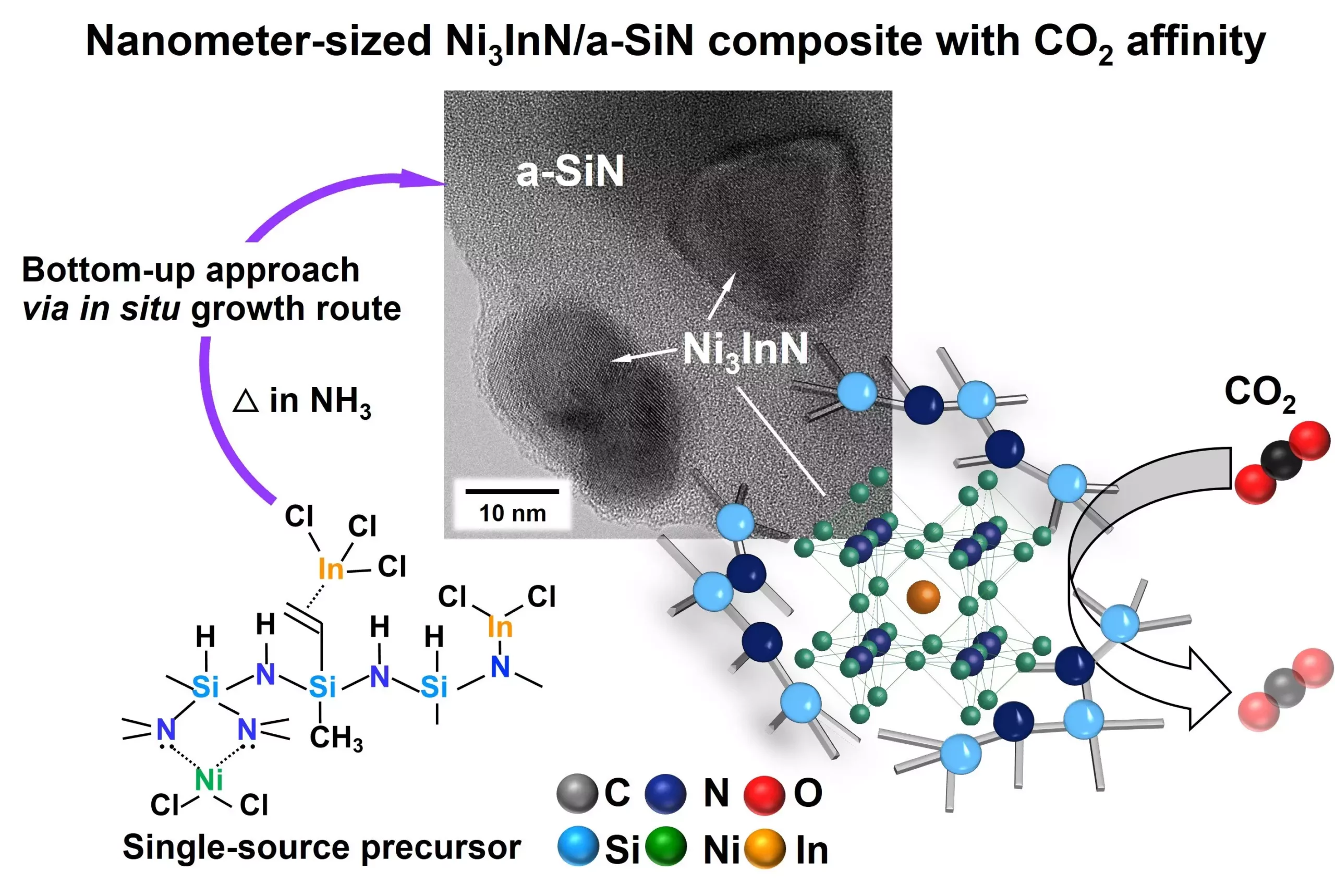In the realm of advanced materials, perovskites have garnered significant attention for their remarkable properties, including photovoltaic capabilities and enhanced ionic conduction. However, the often-overlooked anti-perovskites—structures that bear a similar crystal arrangement but feature an inverted electrical configuration—merit equal scrutiny for their vast potential in functional applications. With properties like negative thermal expansion, ionic conductivity, and a remarkable propensity for superconductivity, anti-perovskites stand at the cutting edge of material science. The recent challenges in synthesizing these materials at the nanoscale must be addressed, as they currently hinder explorations of their catalytic applications.
Groundbreaking Research in Anti-Perovskite Synthesis
A study emerging from the Nagoya Institute of Technology in Japan, led by Professor Yuji Iwamoto, introduces a groundbreaking synthesis technique that could reshape our understanding of anti-perovskites. This research, presented in the Journal of Materials Chemistry A, highlights a convenient method to synthesize a nanocomposite material composed of amorphous silicon nitride ceramic embedded with nanosized Ni3InN anti-perovskite crystals. The research team, which includes international collaborators such as Shotaro Tada from IIT Madras and Samuel Bernard from the University of Limoges, has opened new pathways for enhancing anti-perovskite functionality.
Their innovative approach is categorized under “Polymer-Derived Ceramics” (PDCs). The process begins with the modification of polysilazane—a precursor for silicon nitride—to incorporate NiCl2 and InCl3, facilitating the formation of the anti-perovskite crystals. This dynamic method employs pyrolysis in an ammonia atmosphere at a relatively low temperature of 300 °C, successfully transforming the modified precursor into a nanocomposite in a single, streamlined step.
Overcoming Synthesis Challenges
One of the more significant hurdles faced during this research was the synthesis of a single-phase Ni3InN compound from stoichiometric blends. Dr. Tada elaborates on the complexity of this challenge, including how vinyl groups in polysilazanes created steric hindrances, inhibiting effective interaction with InCl3 and thereby thwarting the proper integration necessary for crystal formation. The team’s strategic decision to incorporate excess InCl3 proved pivotal, enabling successful synthesis of the desired Ni3InN intermetallic nanoparticles.
The bottom-up synthesis technique developed by the researchers offers substantial advantages. Notably, the resulting material displays a highly microporous structure rich in interfaces between the Ni3InN and the a-SiN matrix. This abundant surface area is essential for modifying the electronic properties of the anti-perovskite nanoparticles, a feature crucial for catalytic efficiency.
Implications for Future Catalytic Applications
A critical highlight of this research is the demonstration of the a-SiN/Ni3InN composite’s capability to adsorb and desorb carbon dioxide (CO2). This characteristic positions the composite as a potential facilitator for the activation and transformation of small molecules into valuable, sustainable energy resources—raising hopes for advancements in clean energy technologies.
Dr. Bernard emphasizes the transformational potential of this multi-metal composite in heterogeneous catalyst design. The structural diversity offered by the composite material enables exploration into new catalytic functionalities, paving the way for innovations in this domain.
A Bright Future for Anti-Perovskites
As we look at the findings from this pivotal research, it becomes increasingly clear that anti-perovskites, long overshadowed by their perovskite counterparts, offer a wealth of opportunities ripe for exploration. The robust crystalline structures that these materials exhibit have the potential to manipulate energy transformation processes in remarkable ways.
The synthesis advancements made by Iwamoto and his team mark a critical step toward realizing the full potential of anti-perovskites. As the scientific community continues to innovate in this exciting field, the future holds the promise of versatile materials that could usher in a new era of sustainable applications, particularly in energy conversion and storage systems. With ongoing research and development, anti-perovskites are poised to become strong players in the quest for efficient catalysts and environmentally friendly energy solutions.

